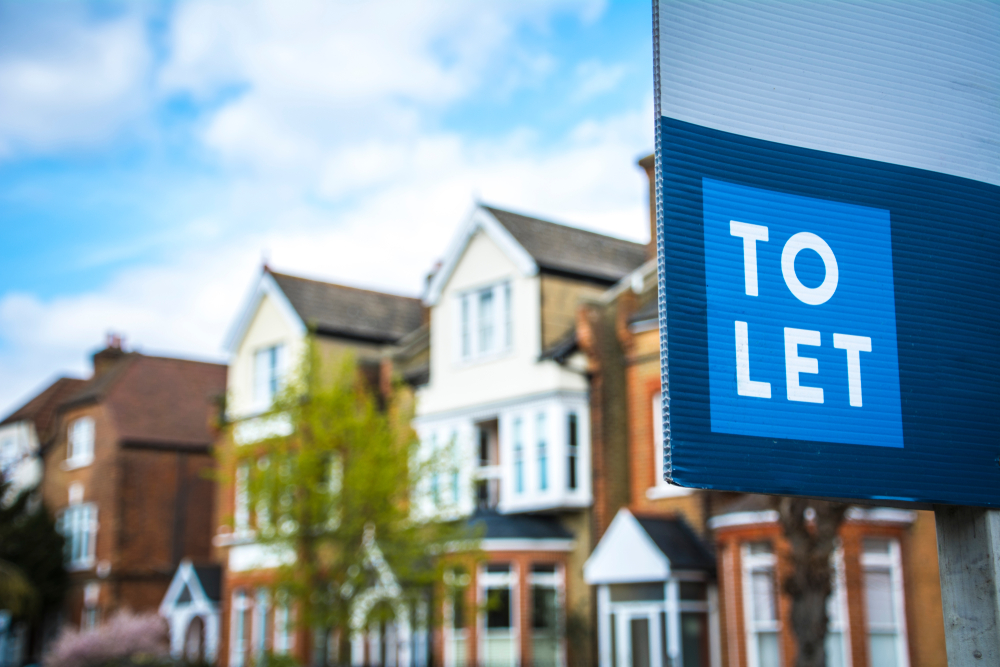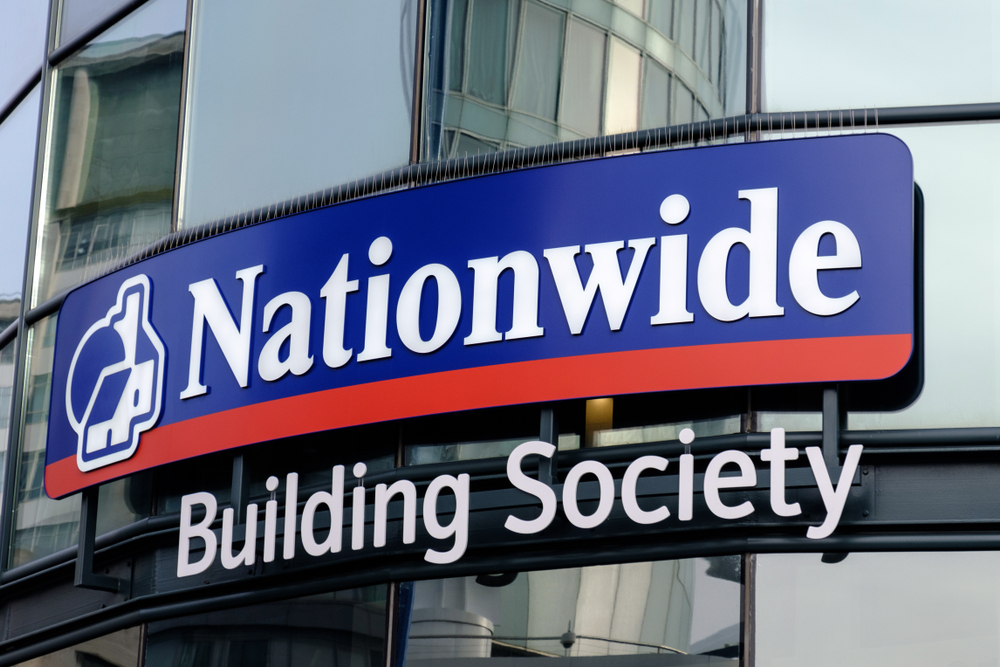
Rents rose by 2.1% in prime central London over the year to August, the latest index from Knight Frank shows.
In prime outer London, annual rental price growth was 2.2%, the estate agent found. Both figures are the lowest figure since the summer of 2021.
Knight Frank says at this time, the long-term rental market was flooded with properties that had previously been on short-lets, as landlords could no longer do this due to Covid restrictions.
Then when the stamp duty holiday pushed up house prices, some landlords decided to cash in by selling their properties.
This in turn led to a contraction in the supply of long-term rental homes.
With demand exceeding supply, this pushed up rental prices by more than 20% in the first few months of 2022.
Average rents in prime central London are now 34% higher than they were before the pandemic in February 2020, while in prime outer London they are up by 29%.
This year, the number of new listings in August was 8% below the five-year average, Rightmove data shows.
And the number of new prospective tenants was 11% below the five-year average, partly due to a decline in overseas students applying to study in the UK.
The number of students accepted from China, the country accounting for the largest proportion of overseas students in 2021/22, dropped by 6% to 10,950 this year, according to Universities and Colleges Admissions Service data.
Knight Frank says the number of market valuation appraisals for sale in August was 25% above the five-year average in London.
This indicates that landlords may be looking to sell up ahead of potential capital gains tax changes and rental reforms, it says.
Knight Frank estate agency chief operating officer Andrew Groocock says: “We are seeing a significant increase in market appraisals and listings from clients who have residential lettings portfolios.
“There is a feeling among many owners that they are better off bringing their properties to the market now and perhaps accepting a price that is 5%-10% lower, rather than running the risk of a CGT increase after the Budget.”



